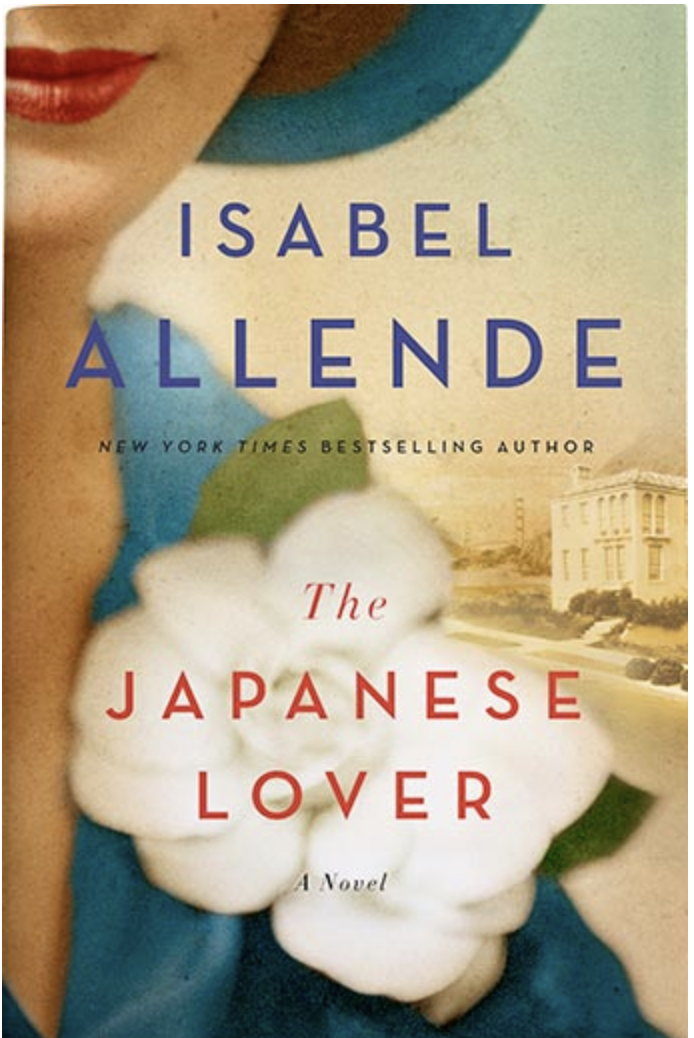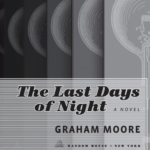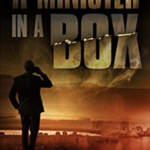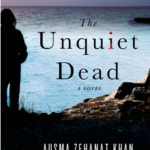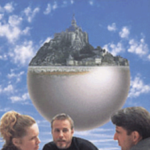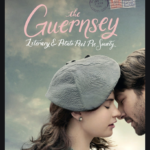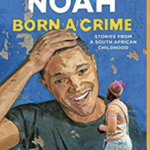February 10th, 2019 — 4:23pm
On Gold Mountain: A Hundred-Year Odyssey of My Chinese-American Family by Lisa See.
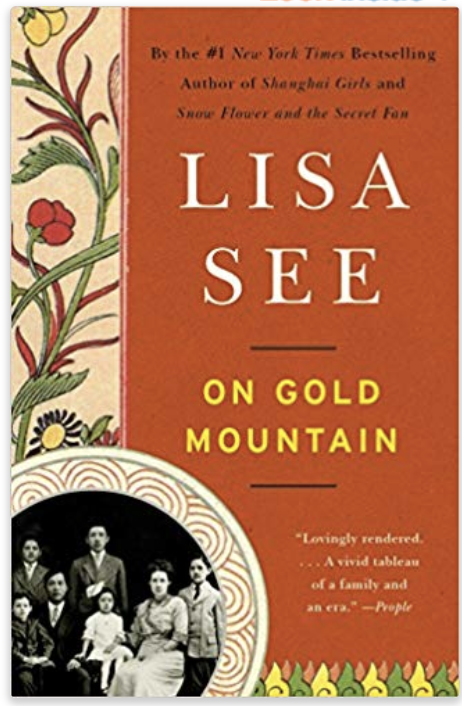 If you do not know it, “Gold Mountain” is California and the story begins as the author’s great-great-grandfather Fong See arrives on the West Coast of the United States where he works making herbal remedies for other Chinese men working to build the railroad.. The book traces his intermarriage to Ticie and how he becomes involved in Chinese antiques and furniture. The arc of the story includes three generations, many of whom stayed in the family business, mostly in the Los Angeles area. We followed the progenitor and other family members as they often visit China and give money to family back home, and bring old Chinese antiques and furniture back to the United States. We come to appreciate the outrageous discrimination against the Chinese including American laws that directly targeted this group. We also learn about Chinese customs including the practice where men often had multiple wives which might include concubines and prostitutes.
If you do not know it, “Gold Mountain” is California and the story begins as the author’s great-great-grandfather Fong See arrives on the West Coast of the United States where he works making herbal remedies for other Chinese men working to build the railroad.. The book traces his intermarriage to Ticie and how he becomes involved in Chinese antiques and furniture. The arc of the story includes three generations, many of whom stayed in the family business, mostly in the Los Angeles area. We followed the progenitor and other family members as they often visit China and give money to family back home, and bring old Chinese antiques and furniture back to the United States. We come to appreciate the outrageous discrimination against the Chinese including American laws that directly targeted this group. We also learn about Chinese customs including the practice where men often had multiple wives which might include concubines and prostitutes.
This is an important book about the history and roots of Chinese-Americans. It serves a purpose of also being a family record of the ancestors of the author as well as many Americans who have roots in the immigration from China. I feel educated and more enlightened having read this book. I can understand why the author, who has written many best-selling novels, would have chosen to share her family history in this book.
Having said all of the above, I found the book quite tedious to read. The author should have provided a clear usable family tree diagram to follow the different characters and the various relationships.( There was a small family tree at the beginning of the book , which was very difficult to read on the I-Pad,) To the non-Chinese reader, the names were unfamiliar and frequently sounded the same. In addition, sometimes it appears that the author used two different names for the same character.
The author’s previous success as a novelist, I am sure led many people to explore this book. In my case, I only stayed with it because it was a selection of my book club. In the end, I am enlightened about Americans with Chinese heritage, but this is not a book that I would recommend for enjoyable reading.
Please consider leaving your comments below
If you wish to purchase this book on Amazon, please click here
Comment » | AM - Autobiography or Memoir, HI - History, P - Political
July 1st, 2010 — 2:28am
Reluctantly, I began this novel, believing I wouldn’t particularly be interested in these women’s lives or the historical time in which it was set. I was immediately sucked into the story line and the lives of these two “beautiful” girls living in what they thought was an upper-class life style. The place was Shanghai, China and the time was 1937. Knowing that the world was about to change and that the characters would probably be impacted and swept up by these impending changes, riveted my attention to these people, their life style and culture. Just as we begin to know them and feel comfortable with the characters there is a crescendo of events, which we come to appreciative through the eyes of these girls. Arranged marriages, invasion by the Japanese, dissolution of family, fleeing home and country, rape, murder and the desire to survive captivates the reader as a great movie might also do (and this is sure to be made into one).
As engrossing and enlightening that the first half of the book may have been, it is the second half, which I found the most stimulating and thought provoking. The Shanghai girls come to the United States through Angel Island (the Ellis Island of the West) and struggle with their new family to survive in the ghettoized Chinatown in Los Angeles. The discrimination, which they and their family experience, and the treatment as second-class citizens is eye opening. The history books, which I studied, somehow never quite conveyed this story. I knew the U.S. interred Japanese after Pearl Harbor but I never appreciated how harshly we treated the Chinese who hated the Japanese as much as Americans did. Similarly, whatever you have understood about how badly McCarthyism may have unfairly treated suspected “Communist sympathizers”, it was nothing compared to how Chinese in America were treated during the time that the Communists had just taken over China and were perceived as our enemy.
As I got into this book it was clear to me that the story could have been “ripped from today’s headlines”. You easily could substitute “ Latino” for “Chinese” and be describing the plight of “undocumented” Latinos who are being discriminated in our country today and even persecuted under the new Arizona legislation. The family members in the book who were trying to eek out a living could be my gardener, the car washer and so many Latinos that we encounter everyday in Los Angeles.
In between periods of reading the book, I found myself thinking about what I knew about the refugees from Poland, Germany and Russia who were my family. I know best the story of my wife’s mother and grandparents who after being bourgeoisie in Russia were confronted and severely maltreated by the Cossacks and then by the Communists causing them to flee their homeland. By hook or by crook they made it to the United States. Initially they lived together in less than ideal accommodations and faced discrimination and hardships. It is easy to forget how so many of us are living the dreams of our ancestor immigrants. We may never fully know the hardships which they faced but are reminded of what they may have been when we read a book such as this one.
Lisa See, the author of Shanghai Girls has indicated in some notes at the conclusion of the book that she has researched the history and based much of the characters and plots on interviews and oral histories, which clearly gives this book an authentic ring. I thank her for work and also our book club for choosing his book for me to experience.
Comment » | FH - Fiction Historical
 If you do not know it, “Gold Mountain” is California and the story begins as the author’s great-great-grandfather Fong See arrives on the West Coast of the United States where he works making herbal remedies for other Chinese men working to build the railroad.. The book traces his intermarriage to Ticie and how he becomes involved in Chinese antiques and furniture. The arc of the story includes three generations, many of whom stayed in the family business, mostly in the Los Angeles area. We followed the progenitor and other family members as they often visit China and give money to family back home, and bring old Chinese antiques and furniture back to the United States. We come to appreciate the outrageous discrimination against the Chinese including American laws that directly targeted this group. We also learn about Chinese customs including the practice where men often had multiple wives which might include concubines and prostitutes.
If you do not know it, “Gold Mountain” is California and the story begins as the author’s great-great-grandfather Fong See arrives on the West Coast of the United States where he works making herbal remedies for other Chinese men working to build the railroad.. The book traces his intermarriage to Ticie and how he becomes involved in Chinese antiques and furniture. The arc of the story includes three generations, many of whom stayed in the family business, mostly in the Los Angeles area. We followed the progenitor and other family members as they often visit China and give money to family back home, and bring old Chinese antiques and furniture back to the United States. We come to appreciate the outrageous discrimination against the Chinese including American laws that directly targeted this group. We also learn about Chinese customs including the practice where men often had multiple wives which might include concubines and prostitutes.
